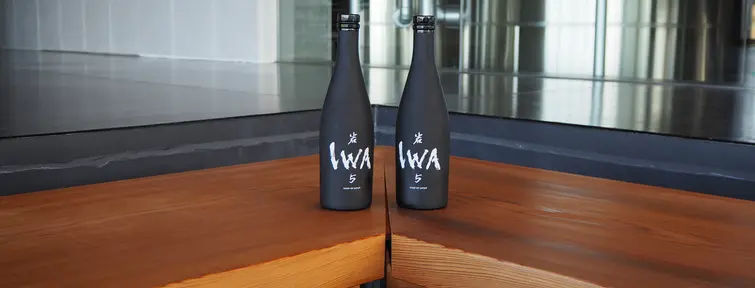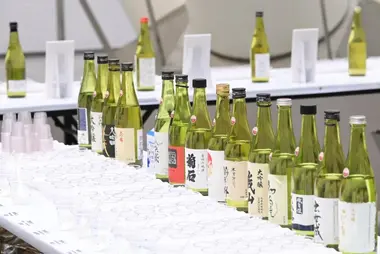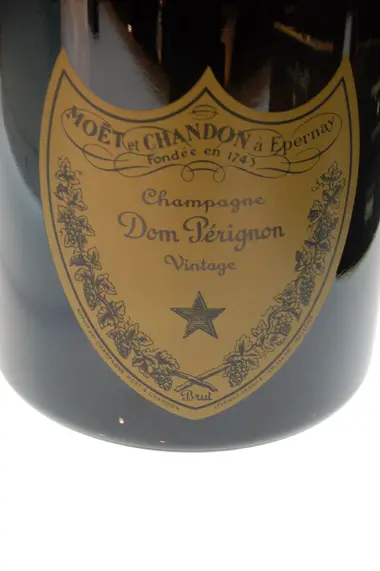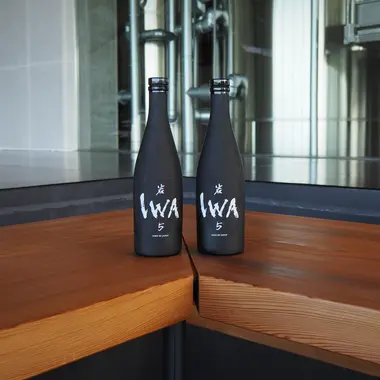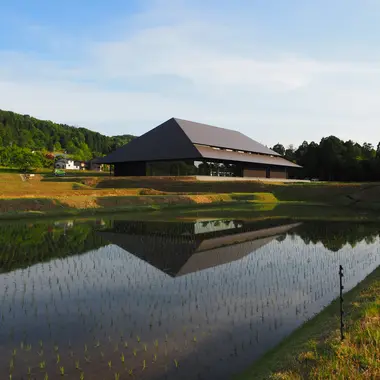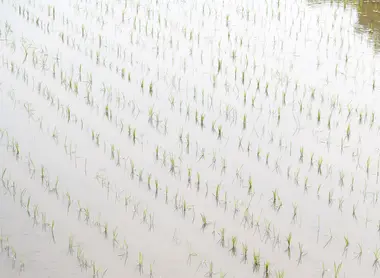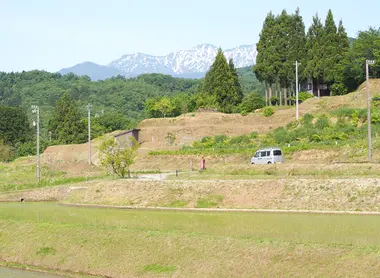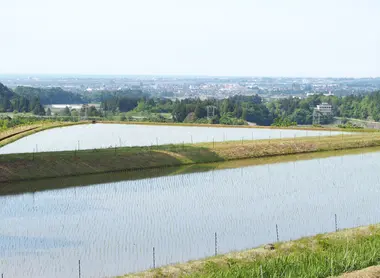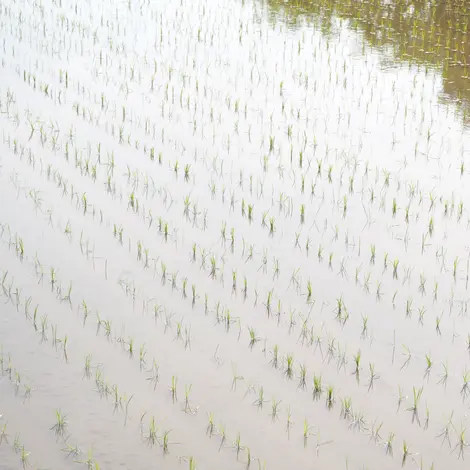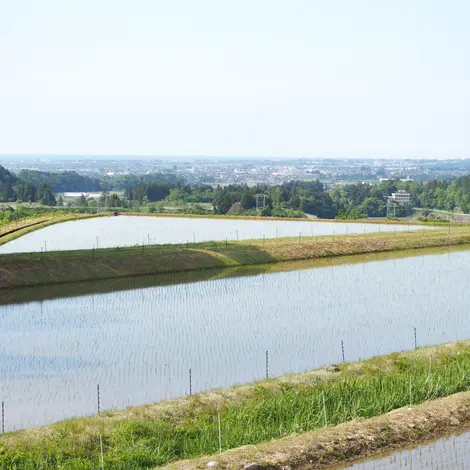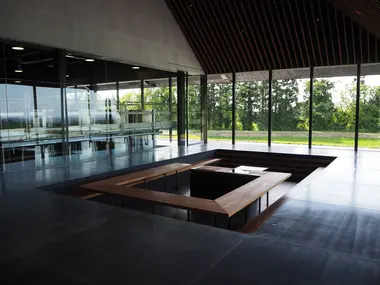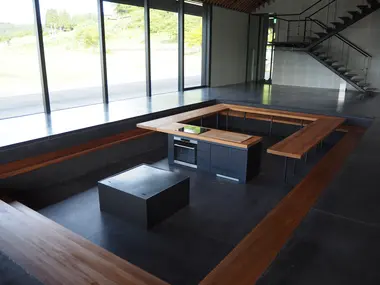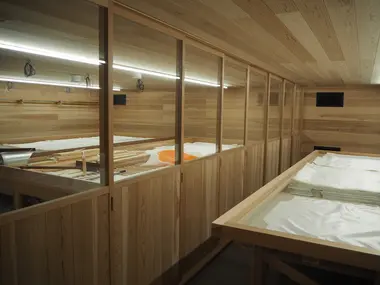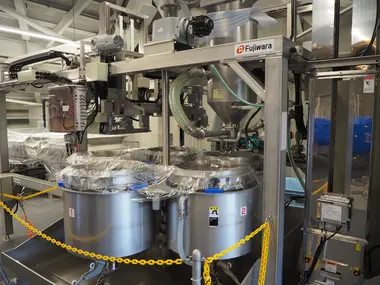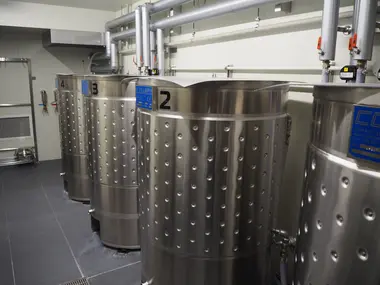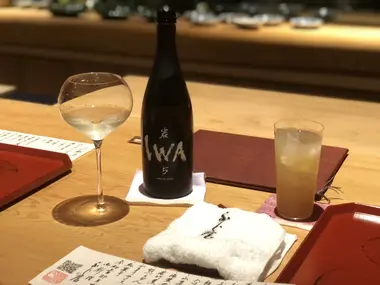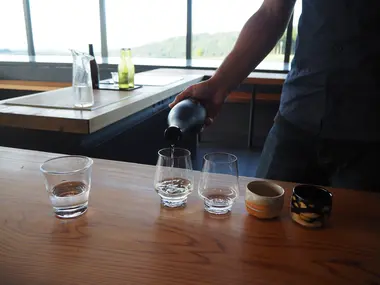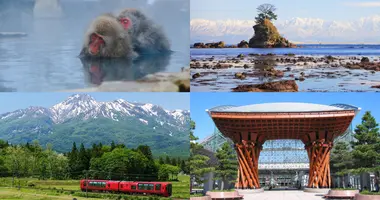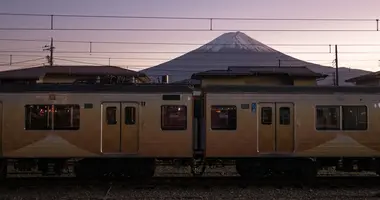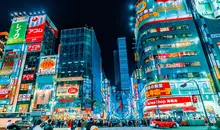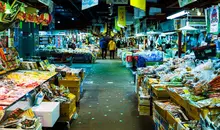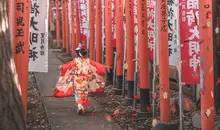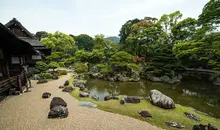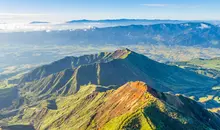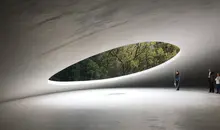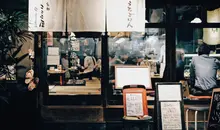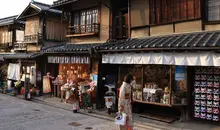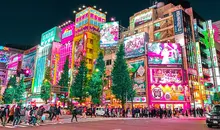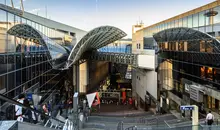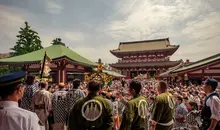A tour of the Iwa 5 Sake Brewery: An assemblage of craft and culture
- Published on : 20/06/2023
- by : Joshua
- Youtube
Founded in 2019 via the collaborative effort of some of the food industry's most recognizable figures, Iwa 5 looks to present sake to the global stage in a way that embraces both tradition and progress. Japan Experience was given an exclusive tour of the brewery to see the inner-workings of the high-end sake's production and its role in the culinary industry and the local community of Toyama Prefecture.
Within Japan, what is known as sake in much of the western world is referred to as nihonshu (literally translating to “Japanese Alcohol,” as the word sake refers to all alcoholic beverages in Japanese).
Sake is created through a process involving rice and water mixed together, introduced to a special type of mold spore called koji, then infused with yeast to ferment, resulting in a consumable alcoholic drink. While sake is found throughout the world at Japanese restaurants and specialty alcohol boutiques, its prominence and the true extent of its craft is best witnessed in Japan.
This aspect of a relatively untapped, often inaccessible, market for sake is a core foundation of Iwa 5 as a concept; The celebrated, yet hidden, craft of Japanese sake combined with the approach of the equally revered art of French champagne production. This results in a premium beverage and brand that allows a peak behind the curtain of Japan’s signature alcholic drink.
We at Japan Experience were given exclusive access to the Iwa 5 Brewery located in Tateyama Town, Toyama Prefecture. Here, we witnessed the inner-workings of the sake production process at Iwa 5 and how the combination of Japanese and French artisanal craft come together to fulfill the unique vision of the people behind it.
Iwa 5: A brief overview and history
For the culinary savvy and food industry personnel, very few names are held to as high of a regard as Dom Perignon, the champagne producer whose best vintages can be found in the most prestigious restaurants around the world, and can fetch for upwards of 4,000 to 5,000 USD a bottle.
The mastermind for much of this excellence is Richard Geoffroy, the chef-de-cave of the champagne producer for 28 years. It is with little exaggeration to say that Mr. Geoffroy is more than an artisan, he is an icon of the industry.
During his tenure at Dom Perignon, Mr. Geoffroy had visited the country of Japan dozens of times, and through said excursions, he became absorbed by the world of sake. However, he noticed the insular nature of the market, largely manufactured by local breweries for local markets, some of the best offerings existing as a given prefecture’s “best kept secret.”
The mysterious shroud that surrounded the domestic sake industry intrigued Geoffroy, causing him to desire a stake in the game. Through his connections in the local industry from his countless visits to Japan, his unique idea for sake production resonated with one Ryuichiro Masuda, the current CEO of the historic Masuda Shuzoten, operated out of Toyama, a prefecture located on the Japan Sea Coast with a revered culinary culture.
To finalize the vision, Charles Antoine Picard, a fellow industry veteran who specialized in the Asia-Pacific Market, added the final part of the puzzle. Together, the three founded Shiraiwa K.K., the parent brewery that produces Iwa 5, a brand that was derived from the vision of these three men who wished to apply the experience of formulating the world’s best champagnes and apply it to sake-brewing.
Essence of “Assemblage”
Operating since 2019, Iwa 5 has a medley of unique factors that differentiate it from practically every other sake brewery in Japan.
Aged sake is by no means an unheard of concept, but Iwa 5 takes this concept and presents it in a one-of-a-kind manner. Much like wine and champagne, Iwa 5 produces its lots in numbered “assemblages” that differ in formula and character every year.
As of the writing of this article, 3 assemblages have been released with the first coming out in 2020, each with a distinct flavor profile and traits.
Assemblage is a French alcohol industry term that can be described as an elevated form of blending. While any number of alcohols can be mixed together to create new flavor profiles, creating an assemblage is seen as a much more meticulous and detailed process that requires more time and thought to produce a beverage that has more direction.
At Iwa 5, this concept of assemblage is a core element of the brand’s identity. Every year, the brewers create a variety of 12-15 new sakes that are formulated to contribute to the final assemblage. Some of these sakes are preserved as reserve product for later years.
Richard Geoffroy ventures out to Japan every year to come out to the brewery and sample the around 40 different sakes. Taking note of this selection along with his intended flavor profile for that year’s assemblage, he dictates what of the sake selection will be incorporated and the ratios, much like he did at Dom Perignon.
A Look at the Process: An onsite tour of the Iwa 5 Brewery
Please note that the actual Iwa 5 brewery itself is not open to the public for tours. However, the team at Iwa 5 have made considerable efforts to have it reflect the brand’s identity and its connection to Tateyama Town in Toyama Prefecture.
Location and exterior
Tateyama Town itself is located at the foot of the Tateyama Mountain Range of the Japanese Alps. Along with the mountains, Toyama is located on the coast of the Japan Sea with an inlet bay. The location chosen for the brewery was purposely selected where the sea can be seen from one side and the mountains can be seen from the other, making it a spot that encapsulates the essence of Toyama’s natural beauty.
Also incorporating elements of Toyama is the building itself, modeled after the traditional thatched-roof hut buildings at Gokayama, a UNESCO World Heritage Site. The architectural design of the brewery was entrusted to accomplished designer Kengo Kuma, who designed the National Olympic Center, the LVMH Osaka Headquarters, and many more.
From a distance, the brewery’s presence is rather understated, but it becomes much more distinct once noticed, an intentional design decision made so as to not interrupt the scenery of the town.
The Doma
Going beyond the exterior, the essence of Toyama and sake are incorporated into the brewery’s DNA. Upon entering the brewery, visitors are welcomed by the central tasting room which consists of a winding round bench situated in a sunken section that is intended to be reminiscent of an irori, a type of hearth found in traditional Japanese homes.
This sunken section is known as “the Doma,” and carries a similar significance to the Iwa 5 brewery as an irori does to a home. It is here that Richard Geoffroy samples the sake for that year, where tastings for guests are conducted, and also where culinary industry guests and clients can experience a course meal that is paired with different variations of Iwa 5. These course meals are often headed by local, well-established chefs from Toyama.
Brewing Room
From the Doma, the vats for brewing the actual sake are clearly visible through a large glass panel. This was also a meticulous decision that allows guests to see the inner workings of what exactly they are drinking and dissolves the barrier between the manufacturing process, product, and drinker. The brewing room is also designed to reflect a recognizable aspect of Japanese culture, as the vats are lined up in a way that is similar to that of the Buddha statues at sanjusangendou in Kyoto.
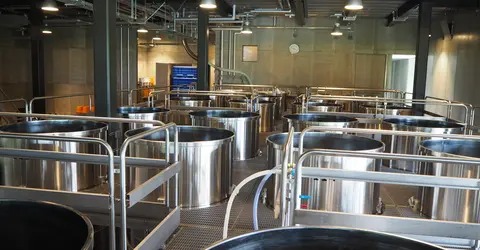
Brewing vats at the Iwa 5 Brewery
@Japan Experience
Motobeya and Koji Room
Going up to the second floor leads to the motobeya, where three different types of rice from places like Toyama Prefecture and Hyogo Prefecture, are steamed and separated into two categories: rice for brewing sake and rice for producing koji.
Koji, as previously mentioned, is an essential part of the sake producing process, as it breaks down starch in the rice that will allow the later introduction of yeast to properly ferment the mixture. Koji is a unique, but historically significant, component of East Asian cuisine. Aside from use in alcohol production, koji is actually a key ingredient in soy sauce and miso production. At Iwa 5, koji is grown then cultivated in-house when rice is left in a separate, largely wooden-constructed room. The koji mold is then collected later on and is added to the rice and water mixture.
Shubo Production Rooms: Sokujomoto and Kimoto
Another essential component of sake production is that of the shubo (酒母). The kanji constructing the word are that of “alcohol” and “mother,” as it is a yeast mash from which sake is derived from.
Iwa 5 differentiates itself with its approach to shubo as well, as it is created utilizing 5 different types of yeast (which is where the 5 in the name comes from). These yeasts are a combination of ones used in both traditional sake making and wine-making techniques.
Simultaneously, Iwa 5 goes the distance to produce two different types of shubo themselves. Sokujomoto (速醸酛) is a type of shubo that is more contemporary and typically more one-note in flavor, though its production is fairly standard and uncomplicated in the sake realm.
Second, is kimoto (生酛), whose production is much more intricate and temperamental than sokujomoto but results in a more complex-tasting product. For testament to its complexity, out of the 19 total sake breweries who operate out of Toyama, only 5, including Shiraiwa Brewery, produce their own kimoto.
Iwa 5 and the changing landscape of sake
Iwa 5 is a concept derived from both passion and necessity. It is a forerunner for sake in two major venues: the luxury market and the international market as a whole.
Iwa 5’s assemblages are found in some of the finest restaurants in Japan and the world. These include establishments like the Toyama local Sushijin, the acclaimed Jaan in Singapore, and the iconic Eleven Madison Park in New York City. A key goal of the brewery's vision is to pair and use sake in a way that deviates from the traditional mindset that it is expressly paired with Japanese cuisine, and the range of establishments that serve Iwa 5, is testament to this vision.
Bottles of Iwa 5 go for 14,500 yen in Japan, a price point seldom touched by most sake, but the level to which it is brewed results in a special product that warrants a higher price-point.
Just like the production of alcohols in regions that they are not typically associated with, such as Napa Valley Wine during the 1980s, Iwa 5 delves into some uncharted territory with its more global approach to a product that is typically Japanese through-and-through.
It is apparent that much of the culinary field resonates with the vision of Richard Geoffroy and the efforts of the hard-working team in Tateyama, and in due time, the rest of the world is sure to follow suit. With the Iwa 5 brand, an assemblage of sake has been created via an assemblage of cultures and craft.
